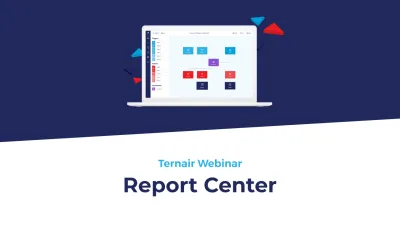If you want to do one-to-one marketing, the marketing automation tool must be able to actually use the data you've collected on customers. How do you make that happen?
Data integration is the biggest obstacle to data-driven marketing
If you're moving toward agile use of data for marketing, then customer data must be available, usable, timely and easily deployable. That sounds simple but it's quite a challenge in practice. Research by Ternair shows that data integration is still the biggest barrier to implementing data-driven marketing.The DDMA's annual study on data-driven marketing confirms this picture. It shows that obtaining qualitative and actionable data are among marketers' biggest challenges. How do the data flows? Twenty-one percent of marketers surveyed indicated that the data collected are in a central database. Twenty percent collect data in different systems that are regularly synchronized. Forty percent collect data in different systems that are partially synchronized, and eighteen percent make manual links as needed.Before you can make customer data sources available in the marketing automation environment, you must complete three steps:
1. Inventory customer data sources
2. Provide customer data sources
3. Unlocking customer data sources
1. Inventory: map customer data sources
Most companies collect data from different data points and store them in different systems. Think CRM, ERP (transactions, orders, subscriptions), identity (login, preferences, interests), email newsletters, leads, prospects, email statistics (sent, open rates, clicks) and web statistics (click behavior).


 FTP (File Transfer Protocol) basically means periodically sending files containing a copy of the data from the customer database to the marketing automation system's database. Data delivery via an API is done similarly; here, a copy of the customer database data is periodically retrieved. With a Webhook, (a copy of) the data is automatically forwarded when there is a change in the customer database. In all three cases, an ETL (Extract Transform Load) process must define decision rules about how the data should be processed in the marketing automation tool's database. With Direct Connect, the marketing automation tool connects directly to the customer database and there is no additional data storage point.Which method is the best choice depends, among other things, on how real-time the data needs to be, the capabilities of the customer database, the capabilities of the marketing automation tool and the cost of maintenance. For comparison purposes, we list the different features:
FTP (File Transfer Protocol) basically means periodically sending files containing a copy of the data from the customer database to the marketing automation system's database. Data delivery via an API is done similarly; here, a copy of the customer database data is periodically retrieved. With a Webhook, (a copy of) the data is automatically forwarded when there is a change in the customer database. In all three cases, an ETL (Extract Transform Load) process must define decision rules about how the data should be processed in the marketing automation tool's database. With Direct Connect, the marketing automation tool connects directly to the customer database and there is no additional data storage point.Which method is the best choice depends, among other things, on how real-time the data needs to be, the capabilities of the customer database, the capabilities of the marketing automation tool and the cost of maintenance. For comparison purposes, we list the different features:


